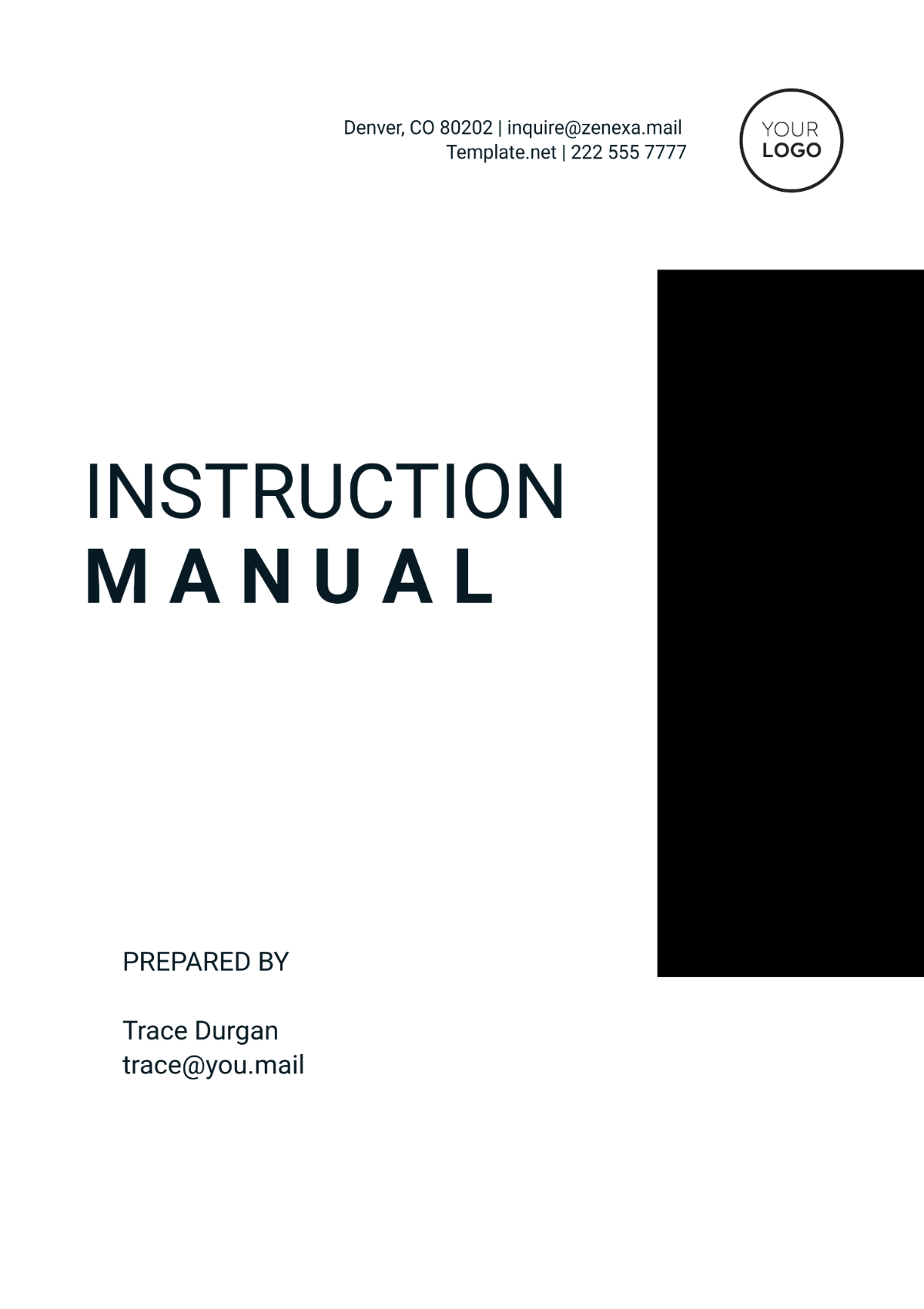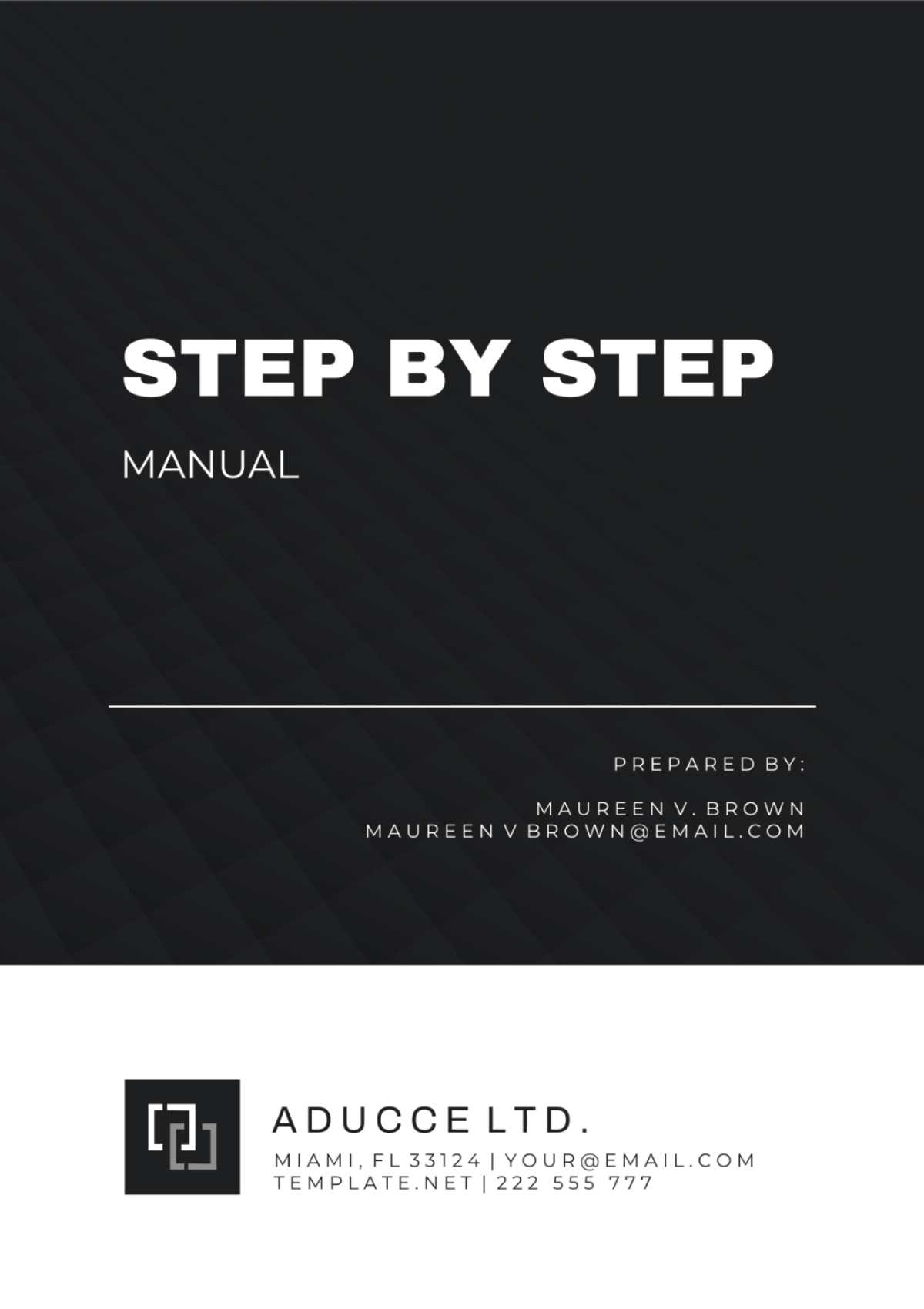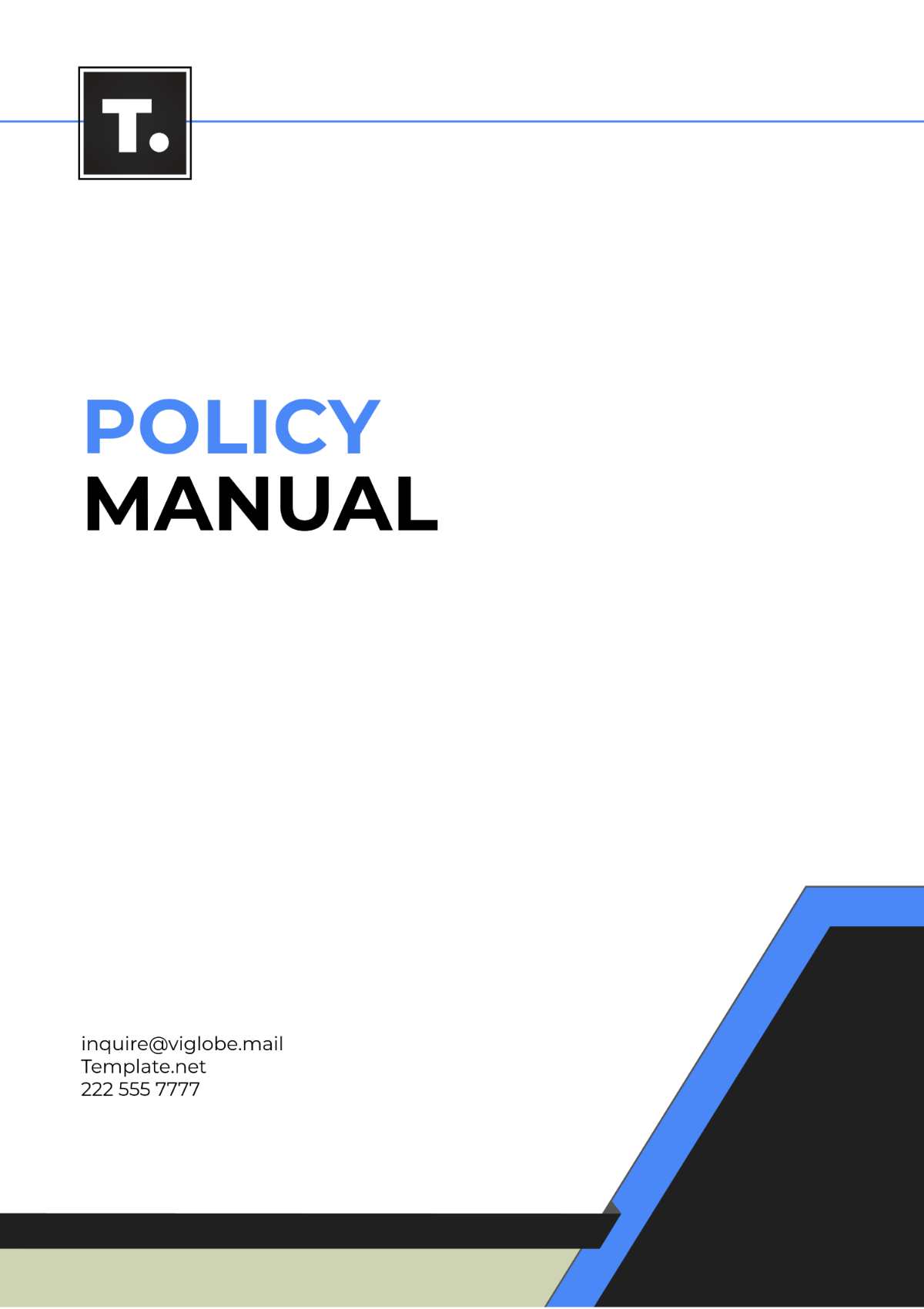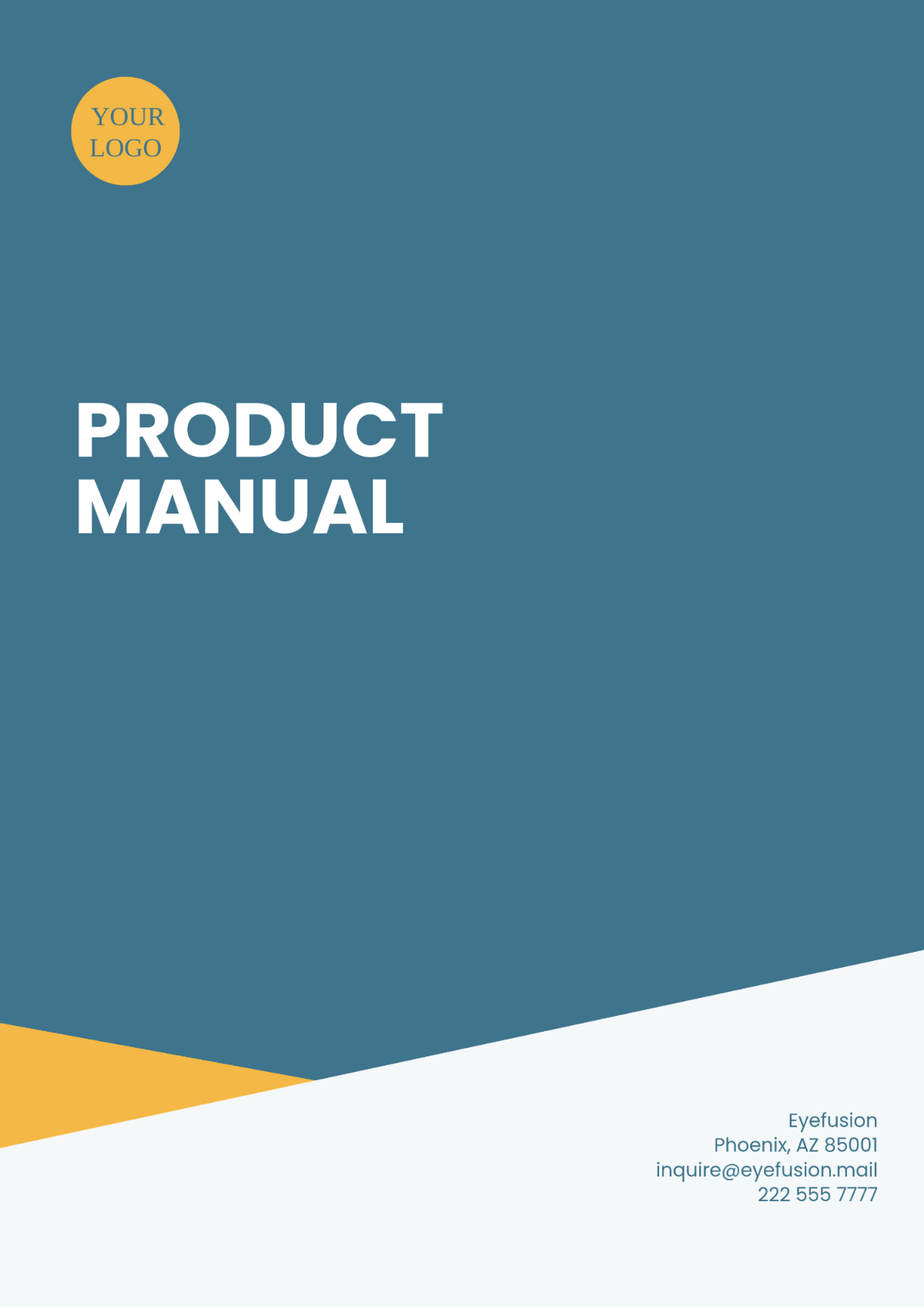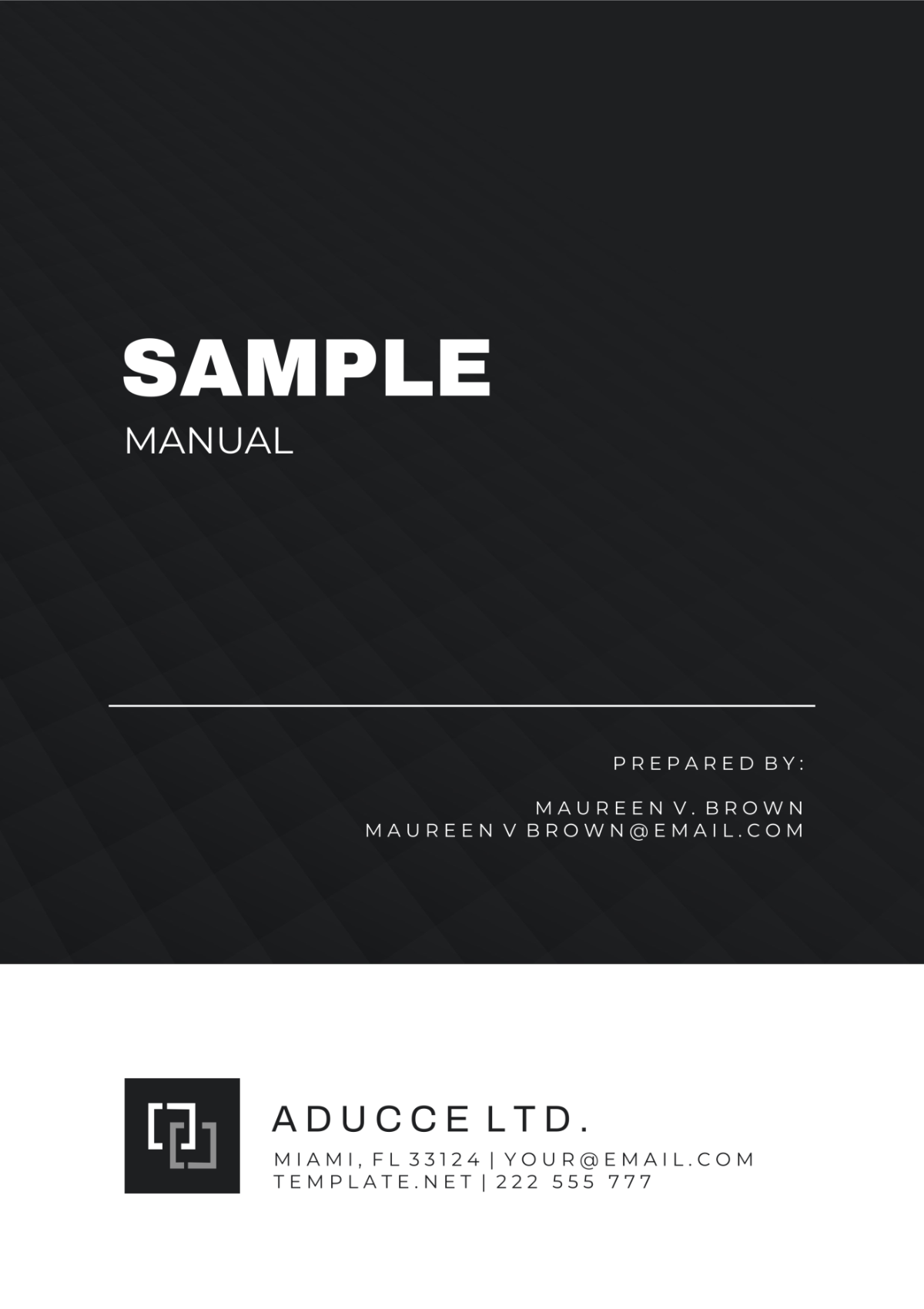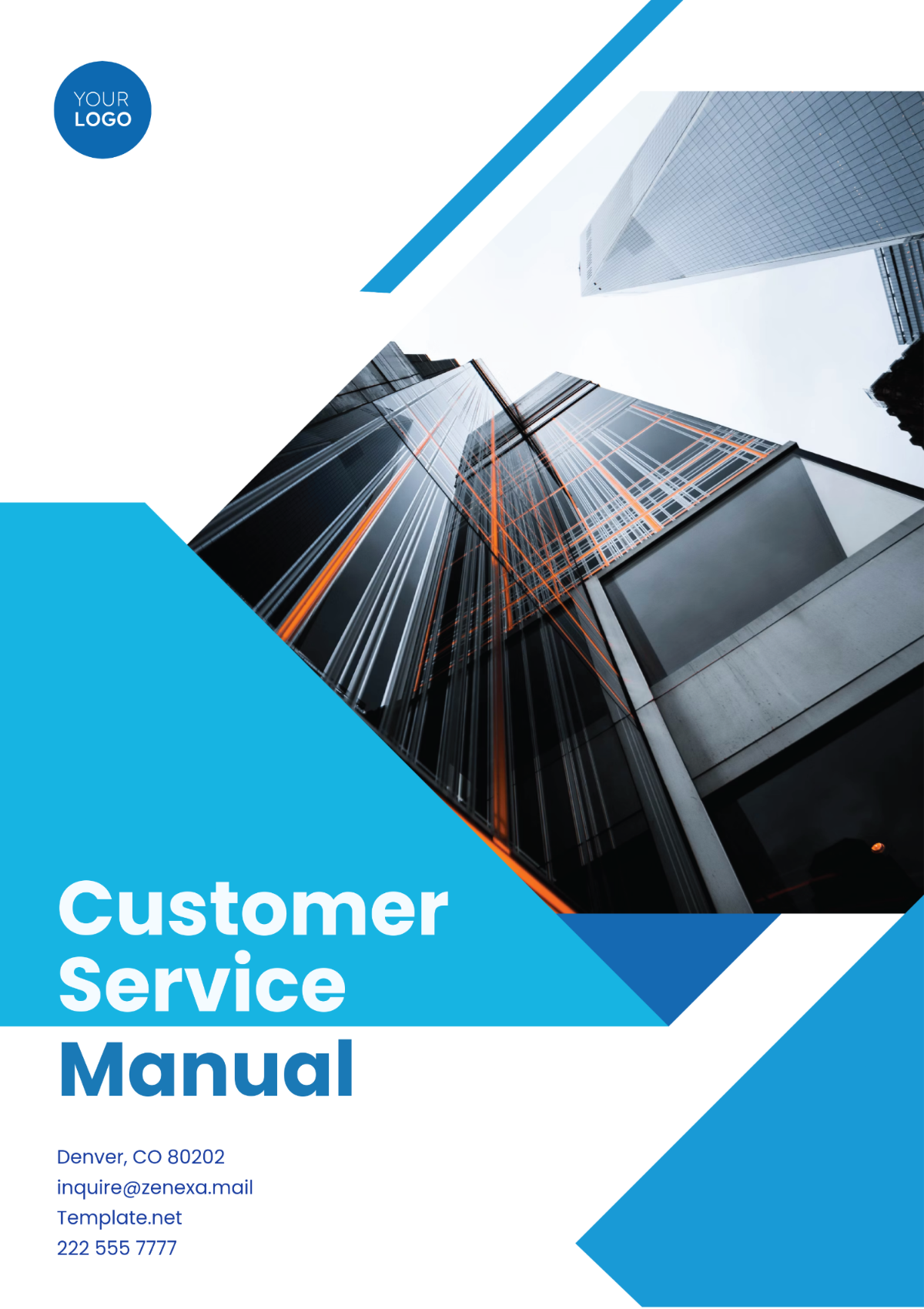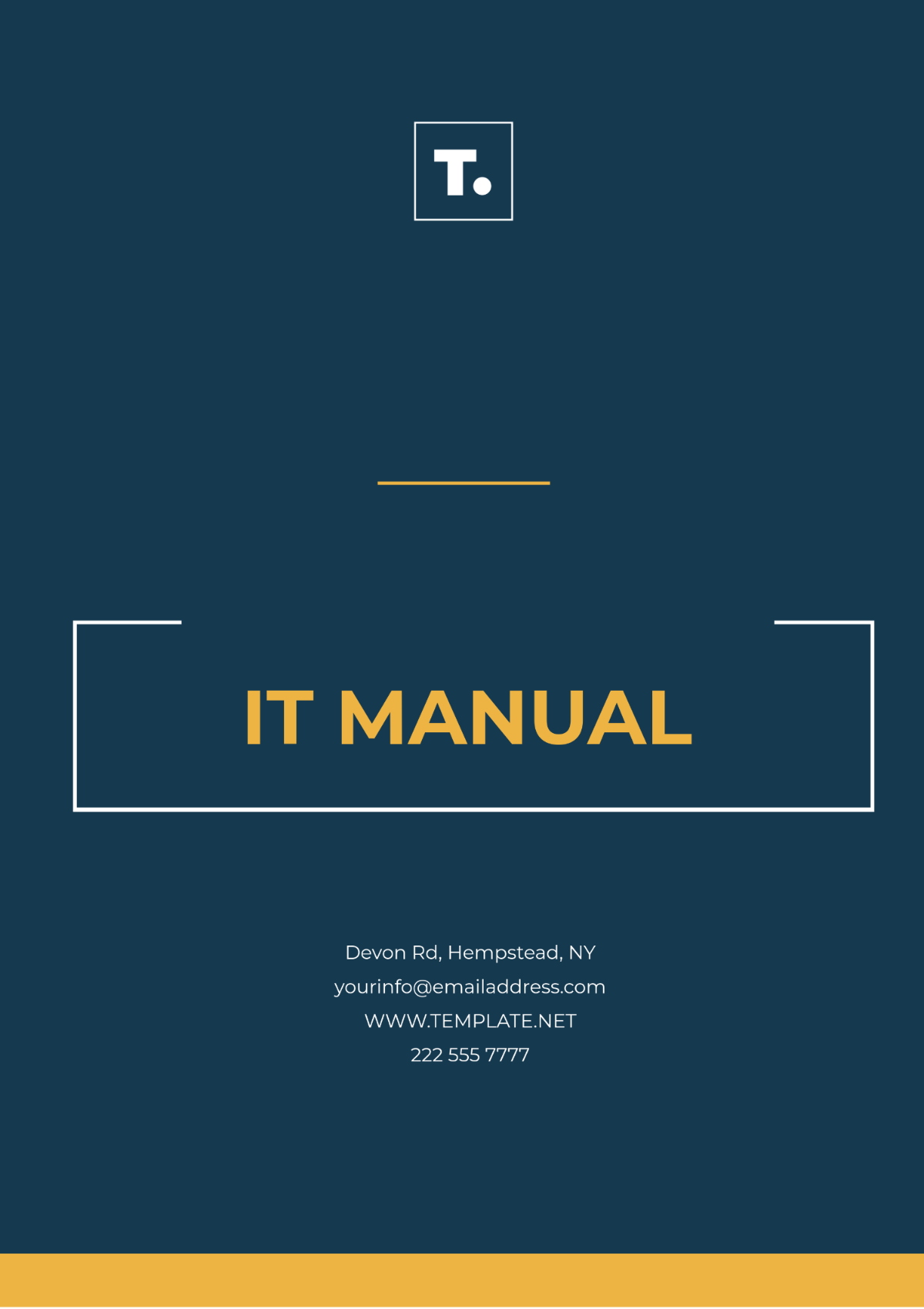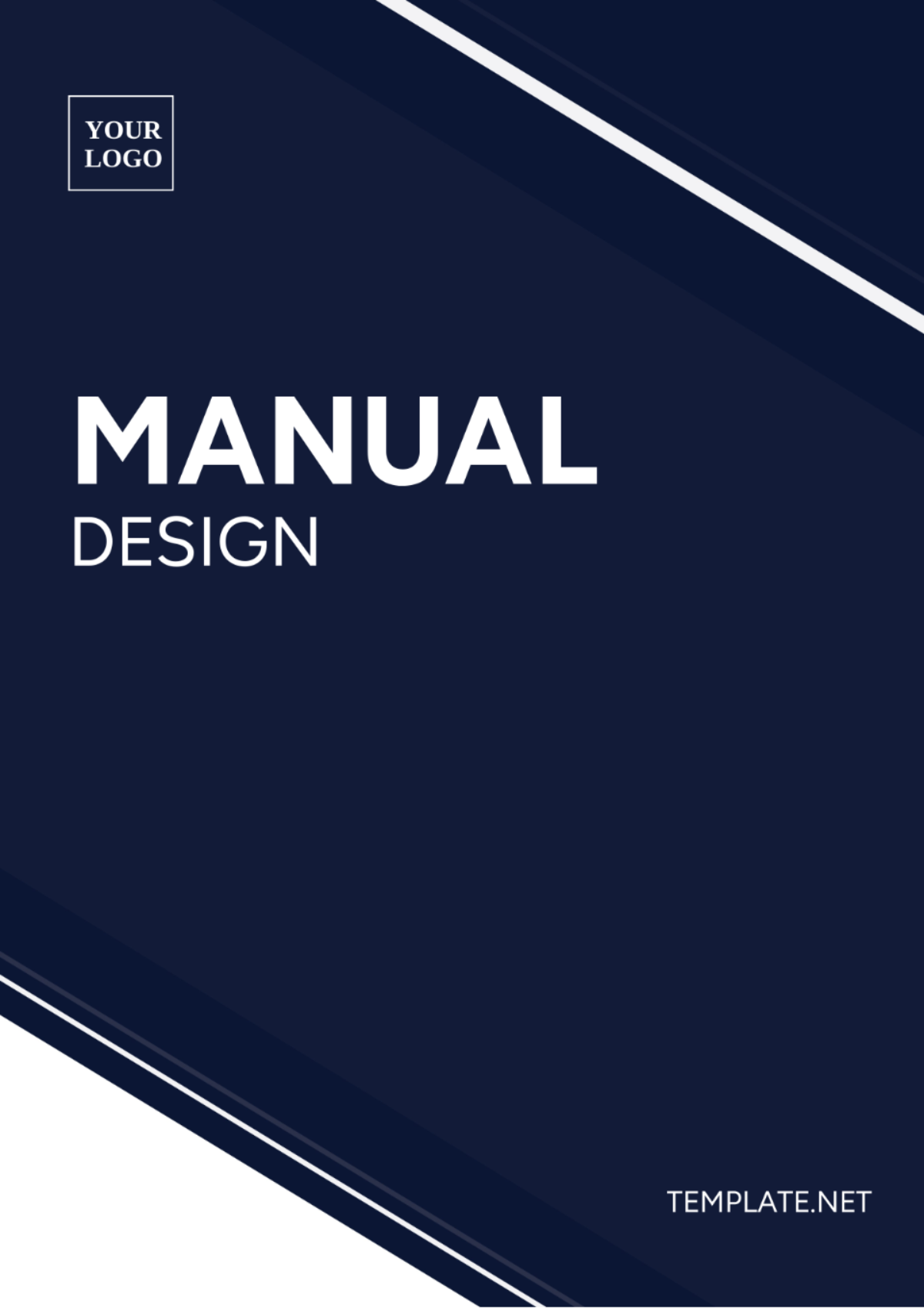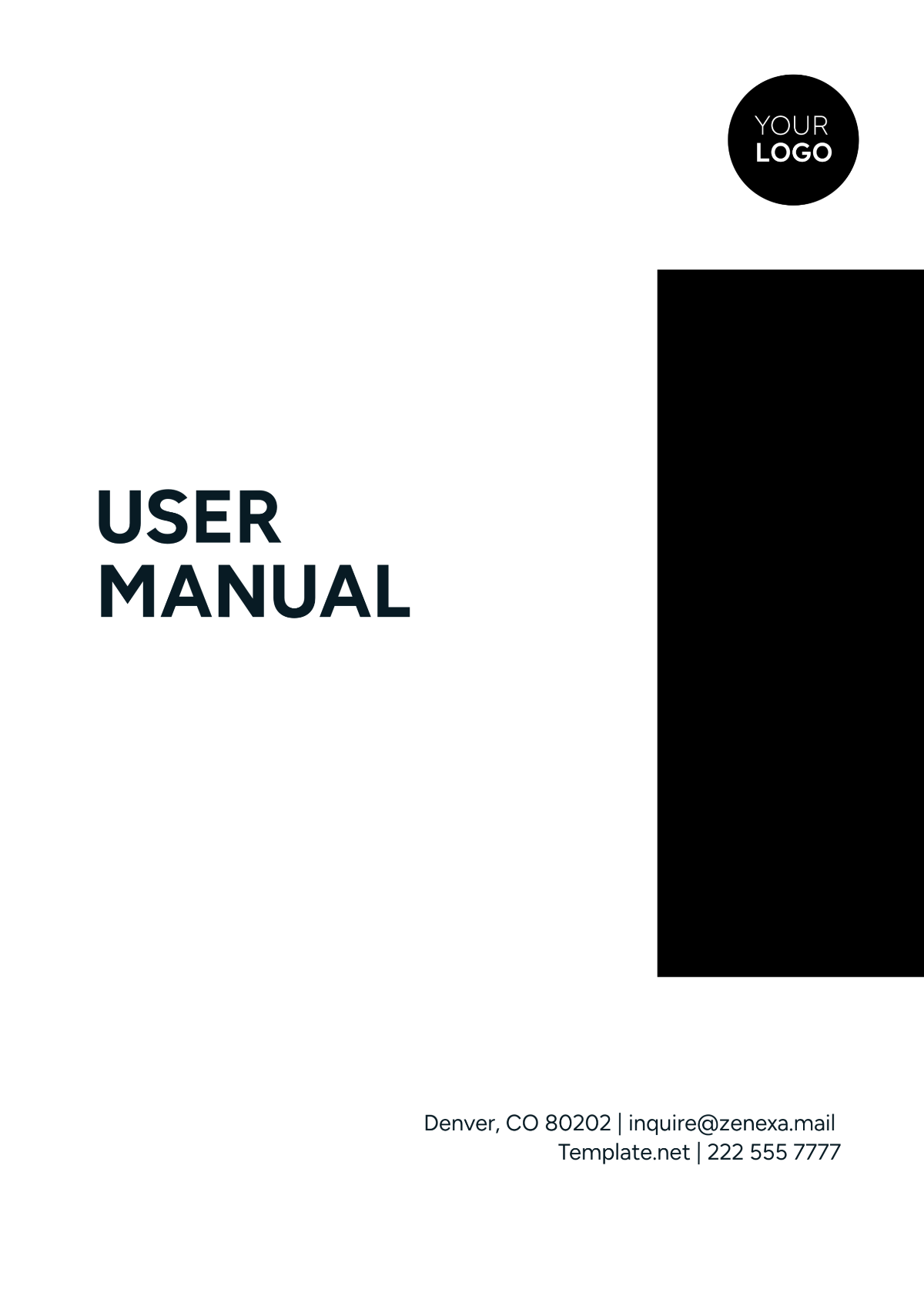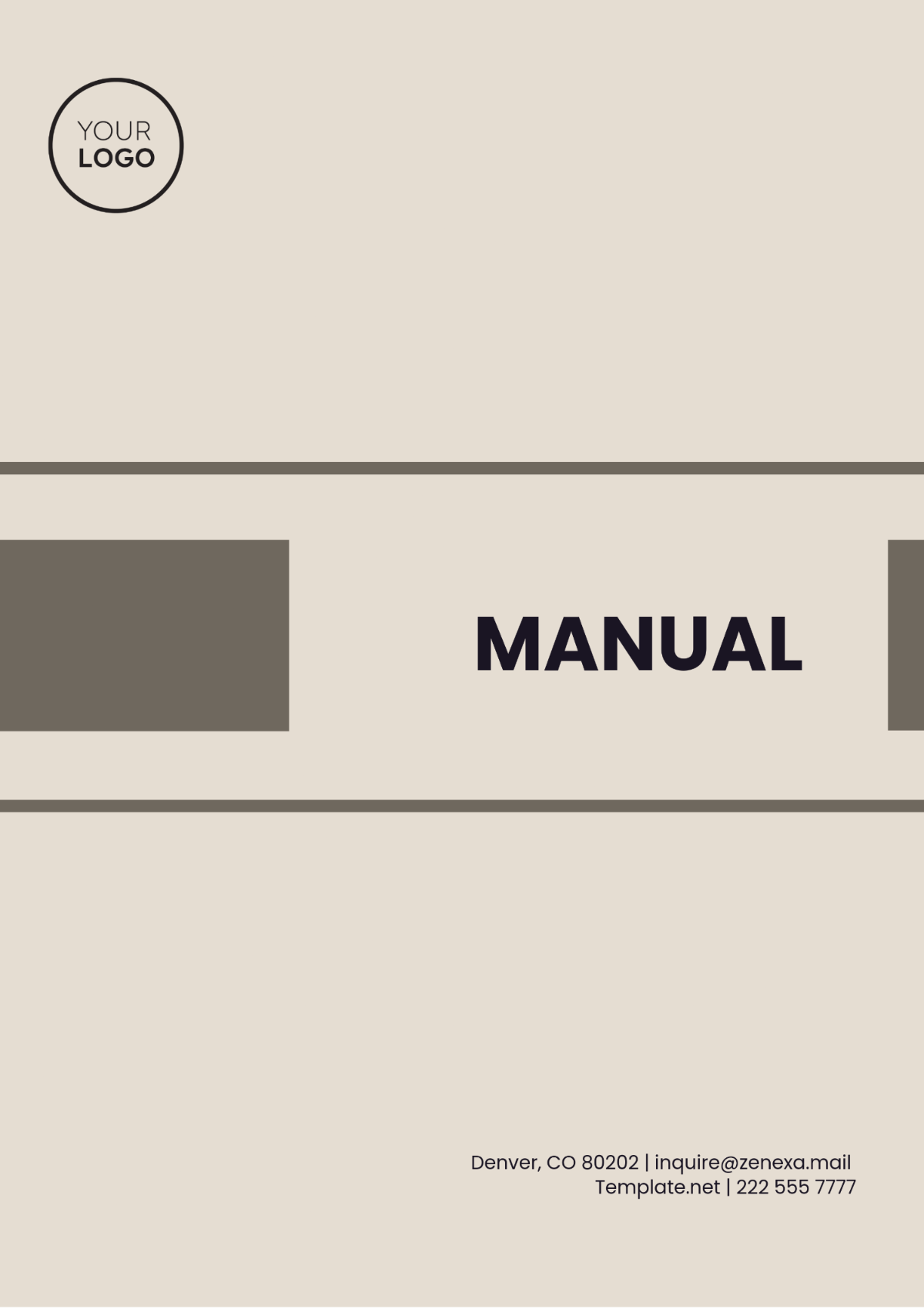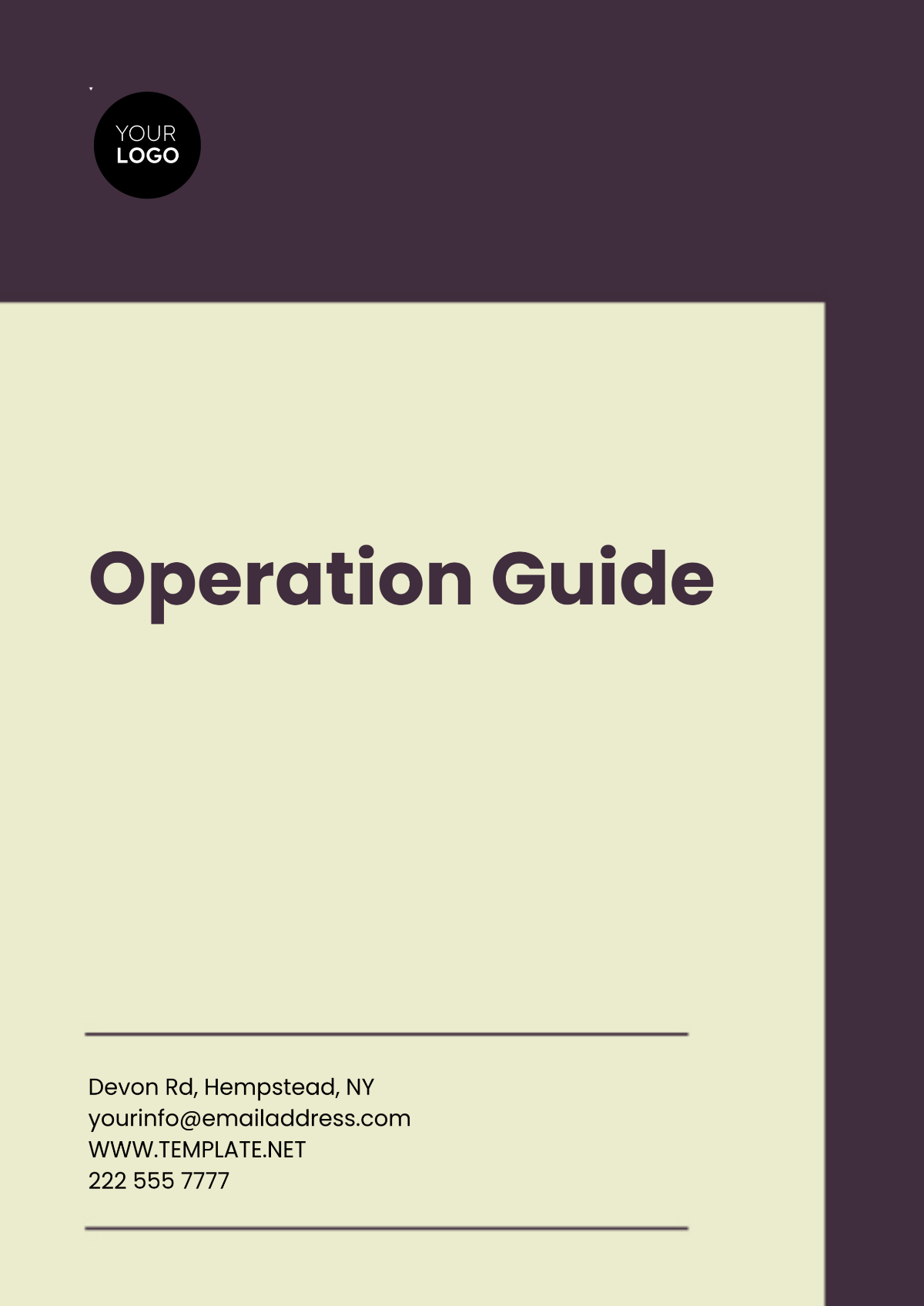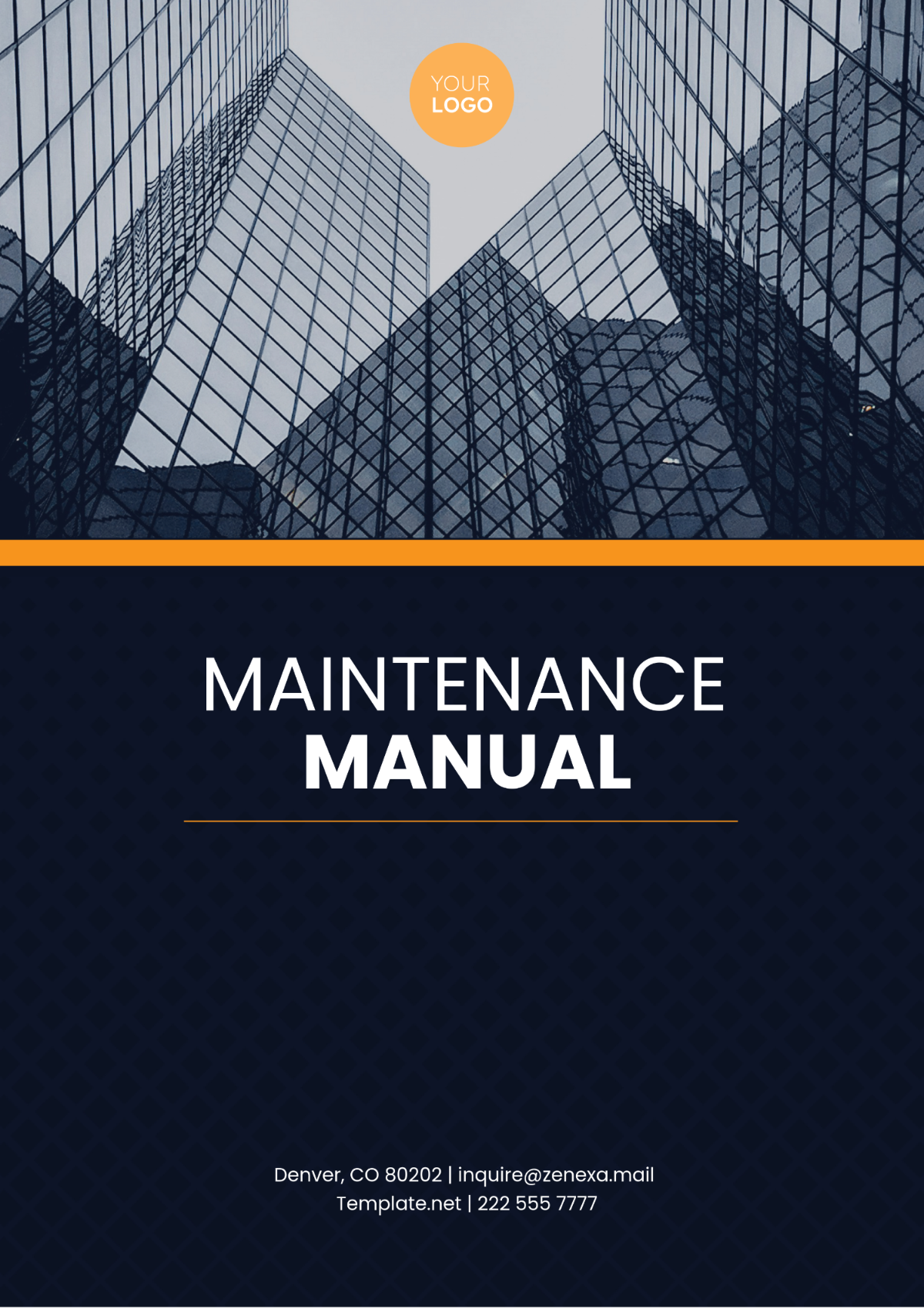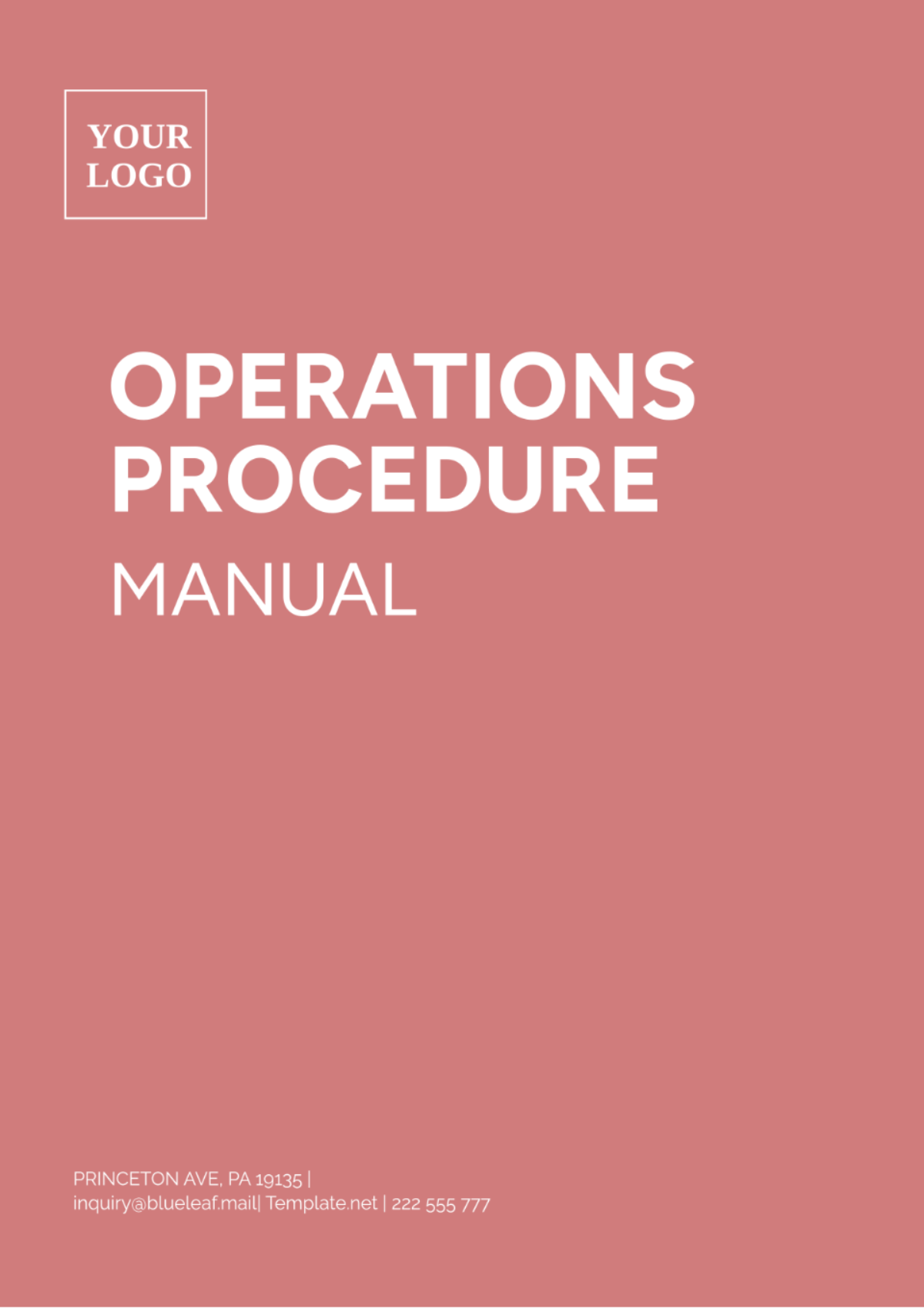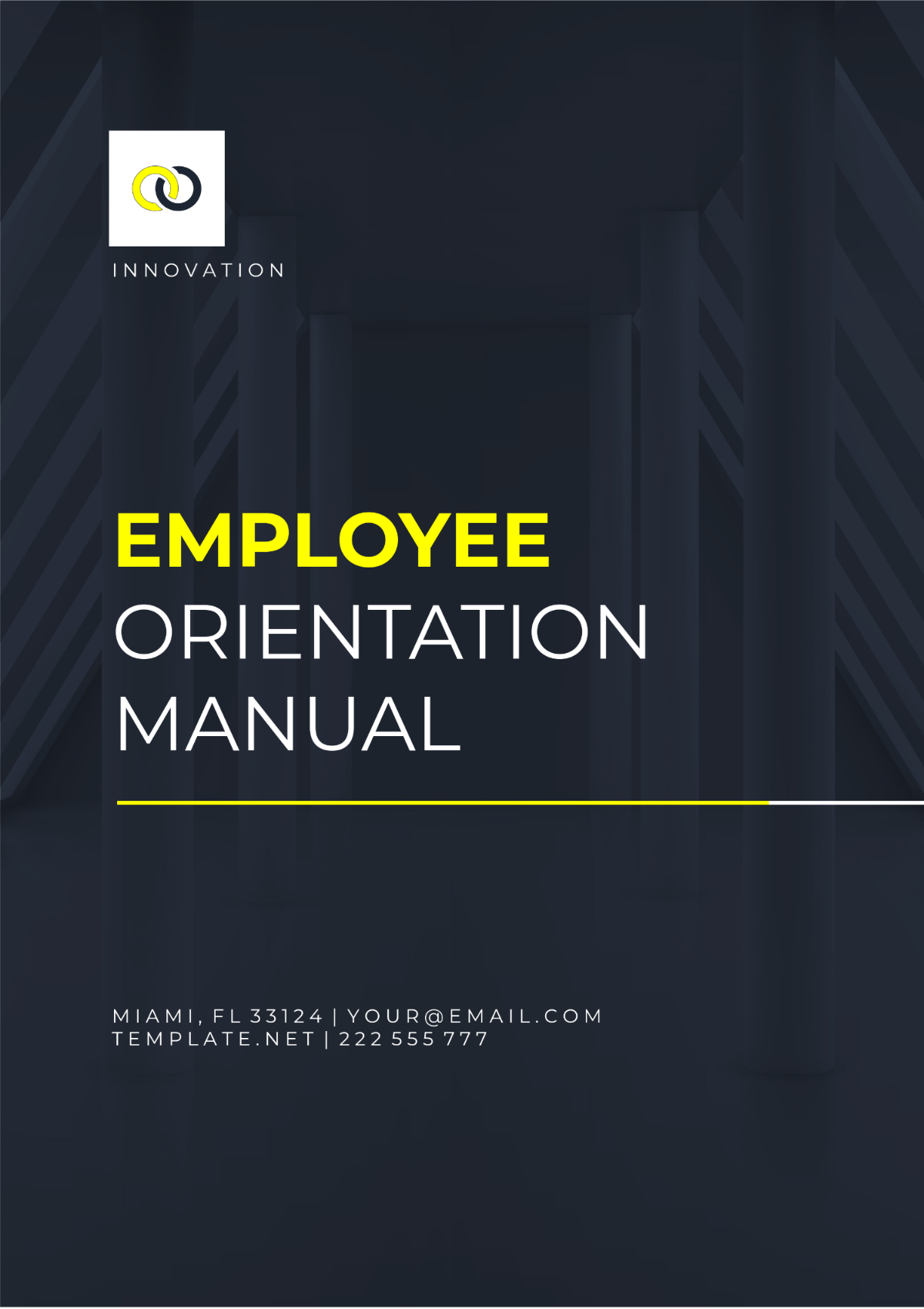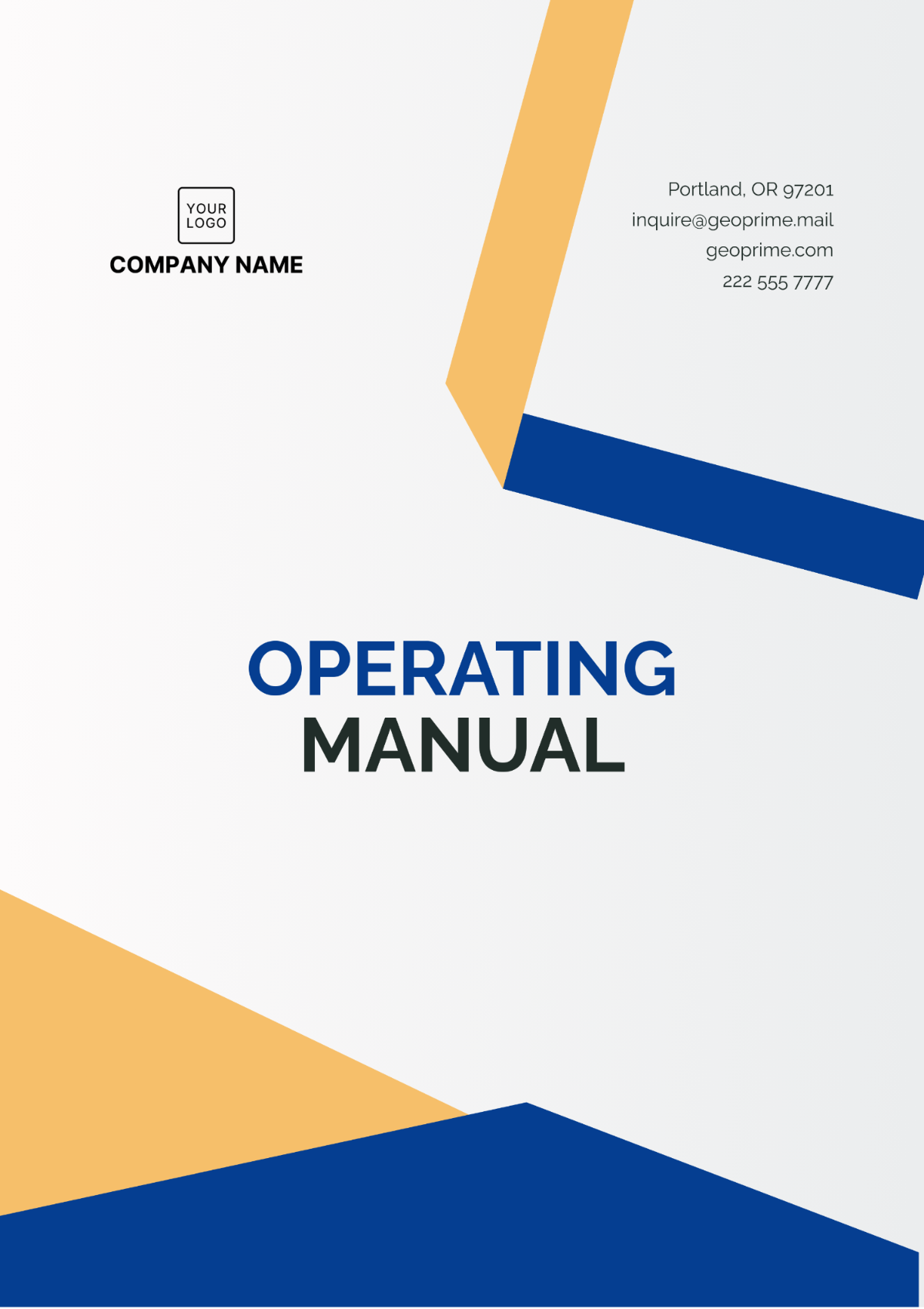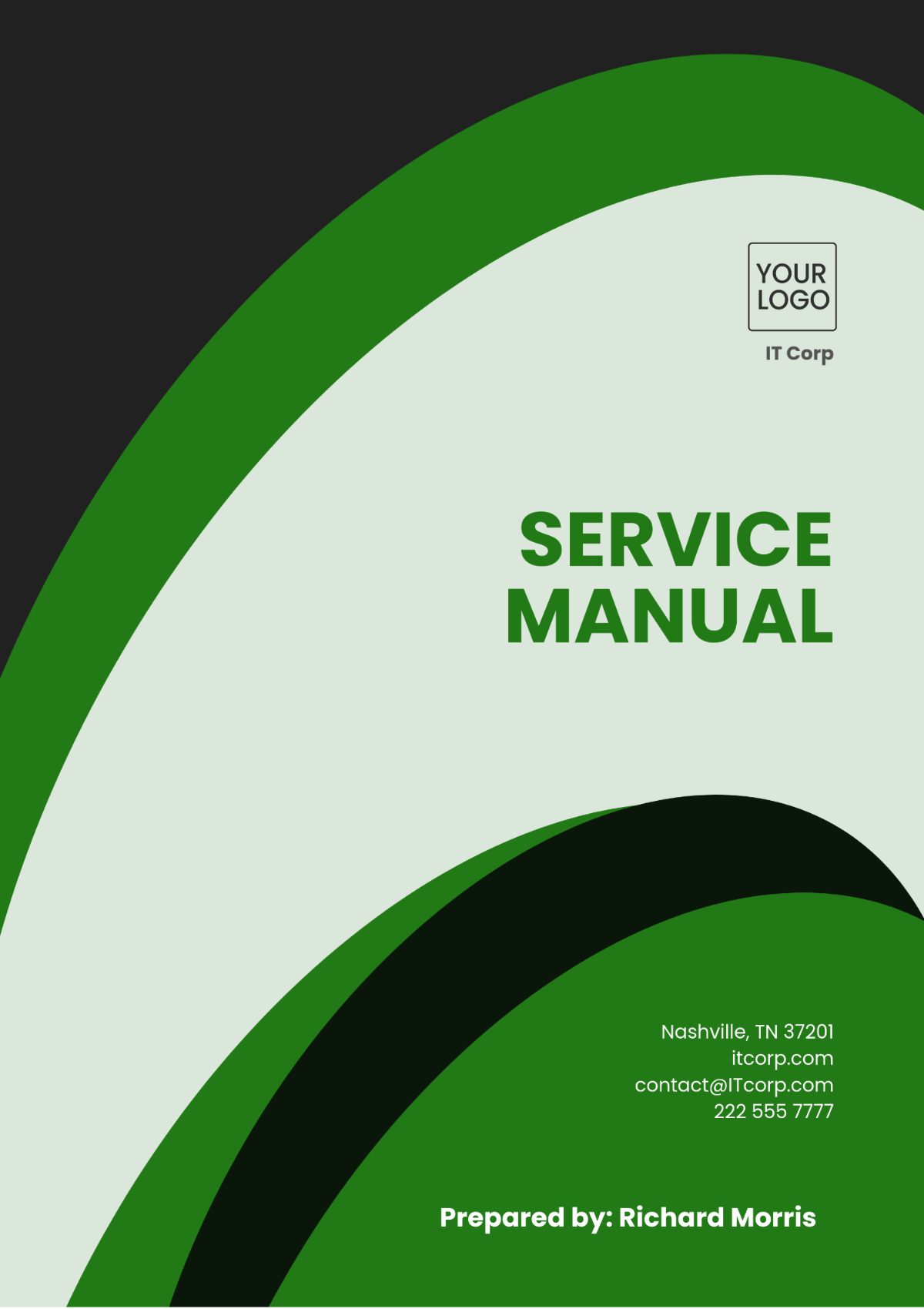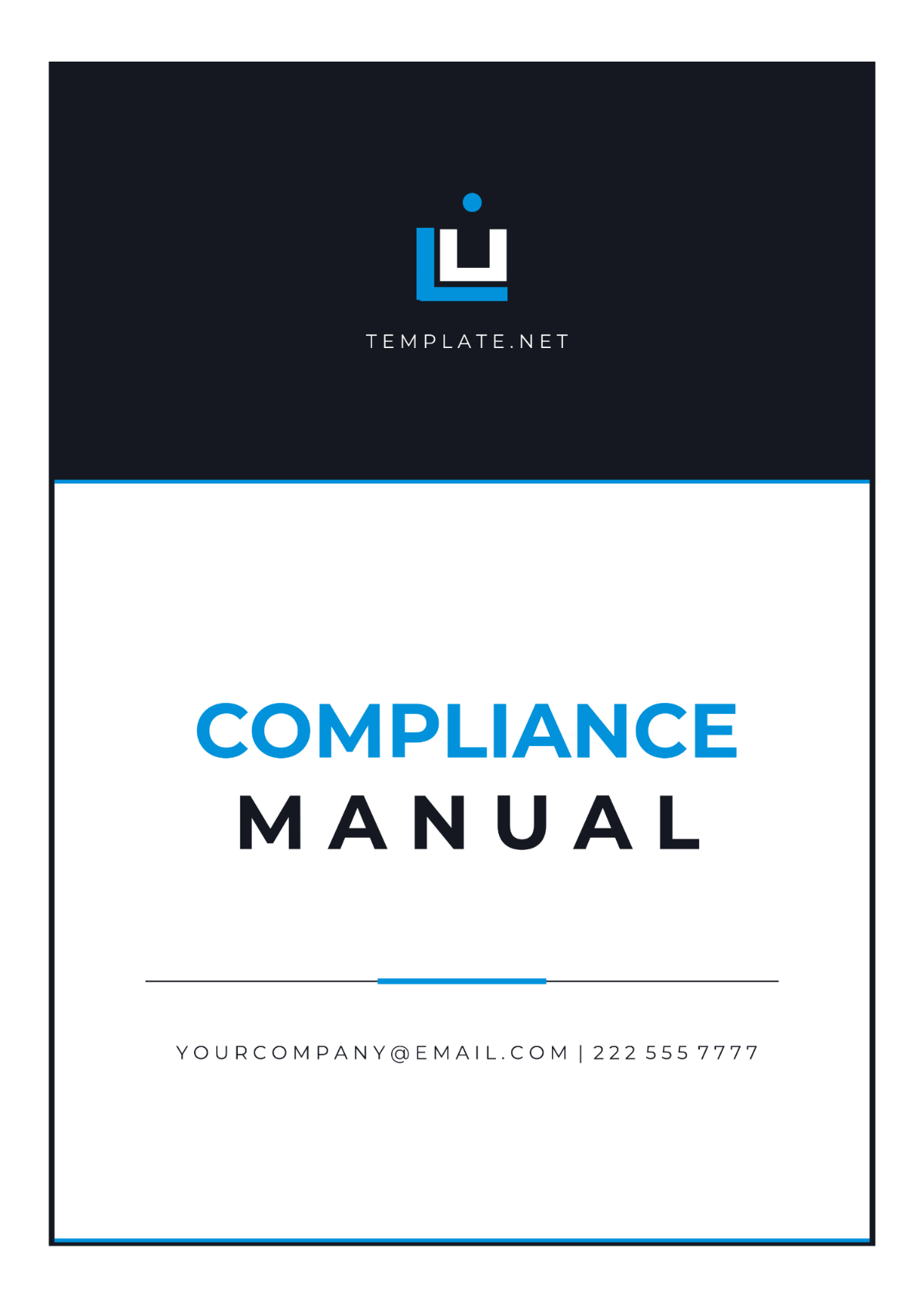Free Specialized Sales Products Training Manual
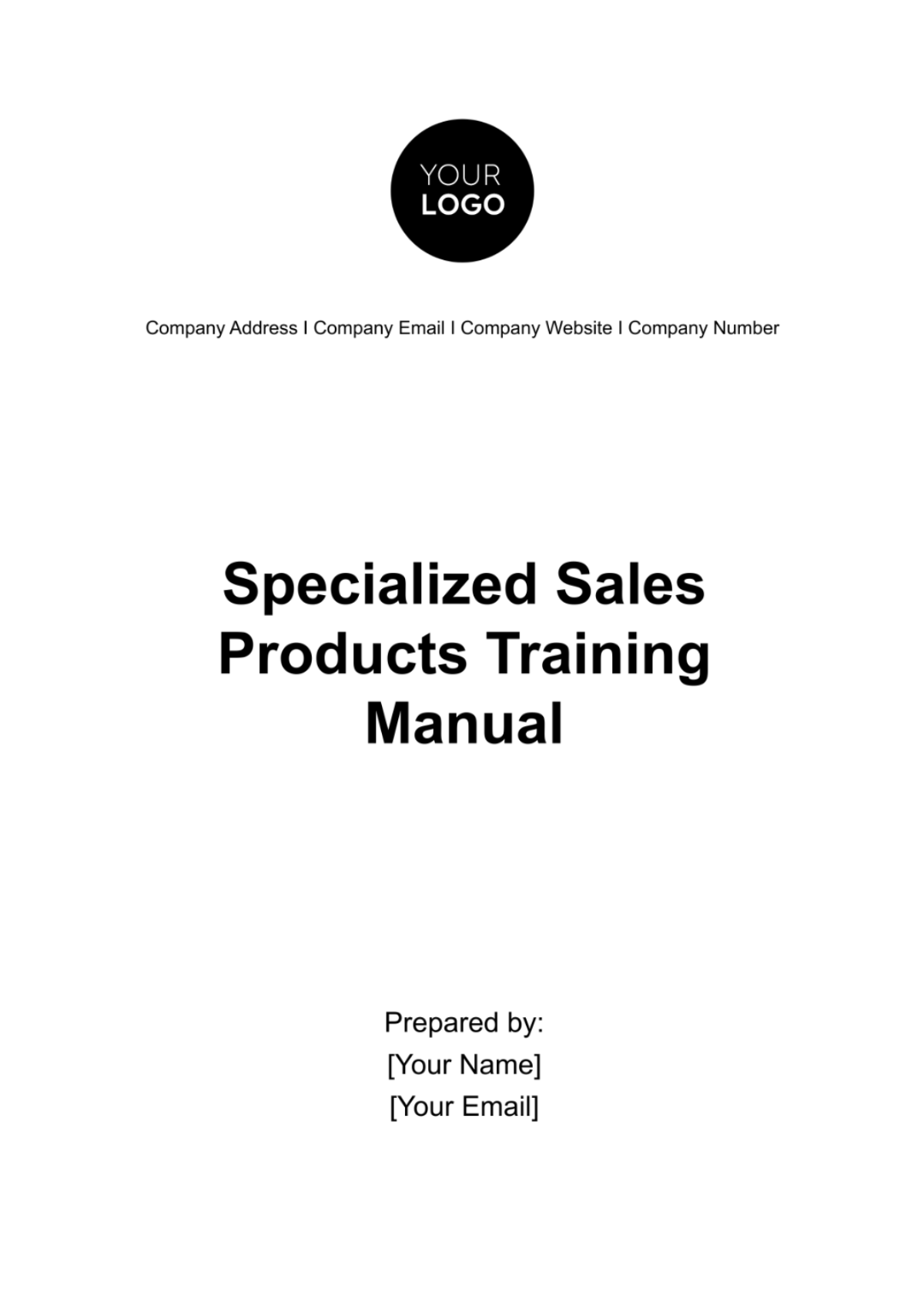
- 100% Customizable, free editor
- Access 1 Million+ Templates, photo’s & graphics
- Download or share as a template
- Click and replace photos, graphics, text, backgrounds
- Resize, crop, AI write & more
- Access advanced editor
Unlock your sales team's potential with our Specialized Sales Products Training Manual Template from Template.net. This editable and customizable guide equips your reps with comprehensive product knowledge. Harness the power of our AI Editor Tool to craft compelling descriptions, making every pitch count. Elevate your sales game and dominate the market with confidence.
You may also like
Specialized Sales Products Training Manual
I. Introduction
Welcome to [Your Company Name]! We are thrilled to have you as a part of our dynamic sales team. As you embark on your journey with us, this Sales Training Manual will serve as your comprehensive guide to excel in selling our specialized clothing products. In this introductory section, we'll explore the significance of sales training and how it plays a pivotal role in our brand's success.
Our Vision
At [Your Company Name], our vision is to not just sell clothing but to empower individuals with the confidence and style that comes from wearing high-quality, stylish, and unique garments. We believe that fashion is a form of self-expression, and every piece we create reflects our commitment to helping our customers feel their best.
Our Mission
Our mission is to provide exceptional clothing products that not only meet but exceed our customers' expectations. We strive to create a shopping experience that is both enjoyable and memorable, ensuring that our customers return to us as their trusted source for all their fashion needs.
The Role of Sales
As a member of our sales team, you are not merely a salesperson; you are an ambassador of our brand. Your role is integral to our mission, as you have the power to connect our customers with products that enhance their lives. Your interactions with customers can turn a browsing visitor into a loyal advocate for [Your Company Name].
By investing in your sales training, we aim to empower you to become a knowledgeable, confident, and customer-centric sales professional, contributing significantly to the growth of [Your Company Name].
Your Journey Ahead
This Sales Training Manual will be your constant companion as you embark on your sales journey with us. We encourage you to delve into its contents, ask questions, and seek guidance from your colleagues and supervisors. Together, we will achieve remarkable success.
Thank you for choosing to be a part of the [Your Company Name] family. We're excited to see you flourish in your role and help our customers experience the magic of our clothing products. Let's embark on this journey of style, confidence, and exceptional customer service together!
II. Understanding Our Products
To effectively sell our specialized clothing products, it's crucial to have a comprehensive understanding of what we offer. In this section, we will explore our product categories and lines, as well as the features and benefits of each product.
Product Categories and Lines
[Your Company Name] offers a diverse range of product categories and lines to cater to a variety of customer preferences and needs. Understanding these categories and lines is fundamental to matching customers with the perfect products.
1. Casual Wear
Description: Our casual wear line includes everyday clothing suitable for a wide range of activities, from running errands to casual outings with friends.
Examples: T-shirts, jeans, hoodies, and sneakers.
Target Audience: Customers seeking comfortable and stylish options for daily wear.
2. Formal Attire
Description: Our formal attire is designed for special occasions, business meetings, or any event where a polished appearance is essential.
Examples: Suits, dress shirts, blouses, and formal accessories.
Target Audience: Professionals, wedding attendees, and anyone seeking elegant outfits.
3. Athletic Wear
Description: Athletic wear is tailored for active lifestyles, offering comfort, flexibility, and moisture-wicking properties.
Examples: Workout leggings, sports bras, running shoes, and performance tops.
Target Audience: Fitness enthusiasts, athletes, and those prioritizing an active lifestyle.
4. Outerwear
Description: Outerwear is designed to protect against the elements while maintaining style and comfort.
Examples: Jackets, coats, raincoats, and windbreakers.
Target Audience: Individuals in varying climates and seasons.
5. Accessories
Description: Accessories complement and enhance our clothing offerings, allowing customers to express their unique style.
Examples: Handbags, belts, scarves, and hats.
Target Audience: Those looking to elevate their outfits with stylish accents.
III. Customer Persona
Understanding our target audience is essential for tailoring our sales approach and effectively meeting the needs of our customers. Let's create a detailed customer persona for [Your Company Name].
Customer Persona
1. Demographics:
Name: Sarah Mitchell
Age: 32
Gender: Female
Location: Ohio
Occupation: Marketing Manager
Income: $70,000 per year
2. Background:
Sarah is a career-oriented marketing manager at a prominent tech company.
She lives in the city and enjoys a fast-paced, social lifestyle.
Sarah values quality and often invests in products that provide long-term value.
She is health-conscious and maintains an active lifestyle, regularly attending yoga classes and hitting the gym.
Sarah loves socializing, attending events, and going out with friends on weekends.
3. Shopping Behavior:
Sarah prefers shopping online due to her busy schedule.
She values convenience, often browsing and making purchases from her smartphone.
She follows fashion trends and considers herself a fashion-savvy shopper.
Quality and durability are essential factors for her when choosing clothing.
She appreciates personalized recommendations and often looks for unique, stylish pieces.
4. Clothing Preferences:
Sarah's style is a mix of classic and trendy.
She values comfort but won't compromise on style.
She's interested in versatile pieces that can transition from work to social events.
Sarah often looks for sustainable and eco-friendly clothing options.
She prefers high-quality brands that offer a good balance between price and value.
5. How We Can Help:
Data Collection: Start by gathering information about the customer. This can include their past purchase history, browsing behavior on your website, demographics, and any specific preferences they've shared.
Ask Questions: When engaging with the customer, ask open-ended questions to understand their style, needs, and the purpose of their purchase. For example, inquire about the occasion they're shopping for, their favorite colors, or any specific features they're looking for in a product.
IV. Sales Process
A well-defined sales process is crucial for guiding your sales team to success. In this section, we will outline the sales process for [Your Company Name], starting with the sales funnel and then focusing on prospecting and lead generation.
The Sales Funnel
The sales funnel represents the journey that potential customers go through, from initially becoming aware of our brand to making a purchase. It consists of several stages, each requiring a specific approach and engagement. Understanding the sales funnel is essential for guiding customers through it effectively.
1. Awareness
Description: At this stage, potential customers become aware of our brand through various marketing channels, such as social media, online advertising, or word-of-mouth.
Objective: Create brand recognition and capture the attention of potential customers.
2. Interest
Description: Interested prospects begin to explore our products and services further. They may visit our website, follow us on social media, or engage with our content.
Objective: Generate interest in our products and encourage further exploration.
3. Consideration
Description: In this stage, prospects are actively considering our products. They may compare our offerings with competitors, read product reviews, or seek more information.
Objective: Provide detailed product information and answer questions to help prospects make informed decisions.
4. Intent
Description: Prospects in this stage are showing strong purchase intent. They may add products to their cart, sign up for newsletters, or inquire about product availability.
Objective: Encourage prospects to take the final steps toward making a purchase.
5. Purchase
Description: At this stage, prospects become customers by making a purchase. This is the ultimate goal of the sales funnel.
Objective: Facilitate a smooth and seamless purchase process.
V. Product Knowledge
Product knowledge is the foundation of successful sales. Understanding our products inside and out allows you to effectively communicate their value to customers. In this section, we will delve into in-depth product descriptions and fabric/material information for [Your Company Name].
In-Depth Product Descriptions
To assist you in providing customers with detailed product information, we've outlined the key elements to include in each product description:
1. Product Name and Category
The product name and category serve as the first point of reference for customers, providing them with essential information about what they are considering. It is crucial to make this information clear and concise.
Example:
Product Name: Classic Fit Men's Dress Shirt
Category: Formal Attire
2. Key Features
Key features are the unique characteristics that set the product apart from others in its category. They should provide customers with a clear understanding of what makes the product special and why it might be a good fit for their needs.
Example:
Key Features:
Tailored classic fit for a sharp, timeless look.
Premium wrinkle-resistant fabric for easy maintenance.
Classic button-down collar and adjustable cuffs.
Available in a variety of colors to suit your style.
3. Material Composition
The material composition is essential information for customers as it directly impacts the comfort, durability, and care requirements of the product. Clearly specifying the materials used helps customers make informed decisions.
Example:
Material Composition:
100% cotton: Soft, breathable, and comfortable.
High-quality fabric that retains its shape and resists wrinkles.
Durable stitching for long-lasting wear.
4. Sizing Guide
A sizing guide is indispensable for customers to select the right fit for their body type. It should provide clear instructions on how to measure and choose the appropriate size.
Example:
Sizing Guide
Measure your chest, waist, and neck circumference using a tape measure.
Refer to the size chart below to find your perfect fit.
Sizes available: S, M, L, XL, XXL
Chest (inches): S (34-36), M (38-40), L (42-44), XL (46-48), XXL (50-52)
Waist (inches): S (28-30), M (32-34), L (36-38), XL (40-42), XXL (44-46)
Neck (inches): S (14-14.5), M (15-15.5), L (16-16.5), XL (17-17.5), XXL (18-18.5)
Including these four elements in your product information ensures that customers have all the details they need to make an informed purchasing decision. Clear and comprehensive product information enhances the shopping experience and builds trust between your brand and your customers.
VI. Sales Techniques and Strategies
In this section, we will explore three key sales techniques and strategies that are highly effective in selling clothing products: Consultative Selling, Storytelling, and Upselling/Cross-Selling.
Consultative Selling
Description: Consultative selling is an approach that focuses on understanding the customer's needs, providing tailored solutions, and building a long-term relationship. Instead of pushing products, you act as a trusted advisor.
Key Steps:
Listen Actively: Begin by actively listening to the customer. Ask open-ended questions to uncover their clothing needs, preferences, and pain points.
Ask Probing Questions: Dive deeper into their requirements by asking follow-up questions. For example, if a customer mentions they need a dress for a special occasion, inquire about the occasion's theme, location, and dress code.
Offer Solutions: Based on the information gathered, recommend products that align with the customer's needs. Explain how each product meets their specific requirements.
Provide Expert Advice: Share your expertise regarding fabric choices, fits, and styles. Educate the customer on the features and benefits of different products.
Handle Objections: Address any concerns or objections the customer may have. This can involve explaining return policies, offering alternatives, or providing additional information.
Build Trust: Be transparent and honest throughout the process. Establish trust by offering genuine advice and solutions rather than pushing for a quick sale.
Follow Up: After the purchase, follow up with the customer to ensure their satisfaction and offer assistance with any post-sale issues.
Storytelling
Description: Storytelling is a powerful technique that engages customers emotionally and helps them connect with the brand and its products on a deeper level. Use stories to convey the brand's identity and the value of its products.
Key Strategies:
Brand Story: Share the brand's history, mission, and values. Explain what makes [Your Company Name] unique and why it was founded.
Product Stories: For each product, create a compelling narrative. Explain the inspiration behind the design, the materials used, and how it enhances the customer's life.
Customer Stories: Share testimonials and success stories from satisfied customers. Highlight how [Your Company Name] has positively impacted their lives.
Visual Storytelling: Use visuals, such as images and videos, to tell stories. Show how products are made, how they're worn in different settings, and how they solve common fashion challenges.
Upselling and Cross-Selling
Description: Upselling involves offering customers a higher-end or more expensive version of the product they are considering. Cross-selling involves suggesting related or complementary products.
Key Strategies:
Product Knowledge: To upsell or cross-sell effectively, have a deep understanding of your product catalog. Know which products go well together and their features.
Customer Needs Assessment: Before suggesting additional products, understand the customer's primary purchase and needs. This ensures that your recommendations are relevant.
Bundle Deals: Offer bundle deals or package discounts for purchasing multiple items together. For example, when selling a suit, suggest matching shirts and ties.
Accessories: Suggest accessories that enhance the customer's chosen outfit. For instance, when selling a dress, recommend jewelry, shoes, or handbags.
Size and Fit: If the customer is buying clothing, suggest items like belts or shapewear that enhance the fit or style.
By incorporating these sales techniques and strategies into your approach, you'll not only improve your sales effectiveness but also enhance the overall shopping experience for customers, making them more likely to return and become loyal advocates of [Your Company Name].
VII. Conclusion
In concluding this Sales Training Manual, we want to express our utmost appreciation and recognition for the invaluable role each member of our sales team plays in the success of [Your Company Name]. We also want to provide words of encouragement and motivation as you embark on your journey to excel in selling our specialized clothing products.
Encouragement and Motivation
We understand that the role of a sales professional is both rewarding and challenging. You are the bridge between our brand and our customers, and you have the power to shape their experience with us. We encourage you to embrace this role with enthusiasm, dedication, and a commitment to excellence. Here are a few words of encouragement:
Embrace Learning: The world of fashion is ever-evolving. Continuously seek knowledge about our products, industry trends, and sales techniques. The more you know, the better you can serve our customers.
Customer-Centric Approach: Put the customer at the center of everything you do. Listen to their needs, empathize with their concerns, and provide solutions that genuinely enhance their lives.
Resilience: Sales can be challenging at times, but remember that every "no" brings you one step closer to a "yes." Stay resilient, learn from rejection, and keep moving forward.
Teamwork: You are part of a dynamic sales team. Collaborate, share insights, and support one another. Together, we achieve more.
Adaptability: The world changes, and so do customer preferences. Be adaptable, open to new strategies, and ready to pivot when necessary.
Acknowledgment of Sales Team's Importance
We want to emphasize that your role in our organization is pivotal. Your interactions with customers are the face of our brand, and your dedication is the driving force behind our growth. Without you, [Your Company Name] would not be what it is today.
Each sale you make is not just a transaction; it's a testament to your expertise, passion, and commitment to our brand's mission. You are the reason customers trust us, return to us, and become advocates for [Your Company Name].
Your ability to provide personalized recommendations, engage in consultative selling, weave compelling stories, and master the art of upselling and cross-selling is what sets us apart in the competitive world of fashion.
As we conclude this training manual, remember that you are part of a family—a family that values your contributions and is here to support your growth and success. Together, we will continue to empower individuals with style, confidence, and comfort through our exceptional clothing.
Thank you for being an integral part of [Your Company Name]. We believe in your potential, and we can't wait to see you flourish in your role as a sales professional. Here's to a future filled with accomplishments, growth, and shared success
